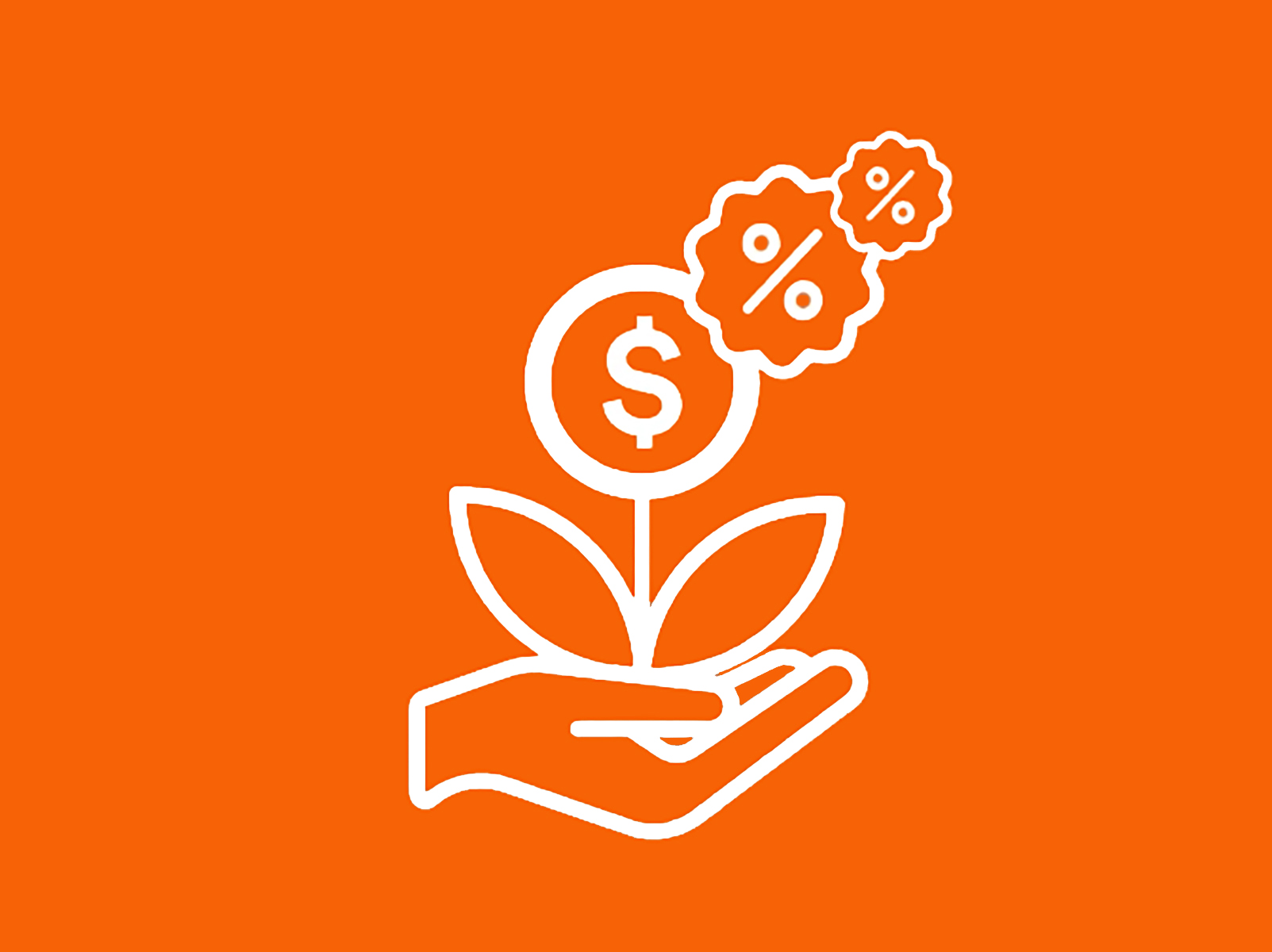A simple checklist to make filing your taxes easier
You have to file a tax return if you either owe tax or you're owed a refund for overpaid taxes, Canada Pension Plan (CPP), or Employment Insurance (EI). So, use this checklist to help make filing your taxes as efficient and convenient as possible.
Get organized at tax time
Once you're ready to make a start on your taxes, gather last year's Notice of Assessments (NOA), and your Social Insurance Numbers (SIN) for yourself, your spouse and your dependants, if applicable.
To make sure nothing falls through the cracks, consider printing your digital receipts and organizing them, along with other paperwork. Use an accordion file folder big enough to hold the following documents.
Tax information slips
- RSP/RRSP – Your Registered Retirement Savings Plan contribution receipt
- T4 – employment income
- T4A – Registered Education Savings Plan (RESP) payments, pension income, lump-sum payments, self-employed commissions or annuity income.
- T4E – EI benefits.
- T3 – income from a trust
- T5 – investment income, like dividends or interest
- T5008 – securities transactions
- T5013 – income from a limited partnership
- T2202 – post-secondary tuition and enrolment certificate
Receipts for
- Charitable donations
- Medical expenses
- Childcare expenses
- Annual union or professional dues
- Any other receipts that are relevant to your tax situation
Records related to
- Capital gains and losses
Any capital property, like stocks, you sold at a profit (or loss) would be reported as a capital gain (or loss) on Schedule 3.
- Rental properties
Rental income needs to be reported by completing Form T776.
- Business income and expenses
If you're a freelancer or a sole proprietor running an unincorporated business, you need to calculate the net income from your business and report it on Form T2125. Make sure you also have details of any installment payments you have made throughout the year.
- Home office expenses
If you're an eligible employee who worked from home in 2024, you must submit form T777, Statement of Employment Expenses, and use the detailed method to claim home office expenses (plus other employment expenses). You must also get a signed form T2200, Declaration of Conditions of Employment, from your employer. You don't have to file this form with your return, but you must keep it in case the CRA asks to see it.
Note important deadlines
- For individuals (other than trusts), the deadline for filing your return and paying any taxes owing is April 30 (unless it falls on a weekend, in which case it's the next business day).
- If you're self-employed, the filing deadline is normally June 15 (or the next business day, which makes the deadline this year June 16, 2025). However, all taxes owing must be paid by April 30, 2025.
Manage your tax information online
- If you haven't already done so, register with the Canada Revenue Agency's (CRA) My Account to check your RSP/RRSP limit, register for direct deposit, view the status of your return, and much more.
Prepare your return
- Use NETFILE-certified tax software to guide you through the various forms and schedules on the tax return.
- Let the information held by the CRA populate your tax return using Auto-fill my return and review it for accuracy.
- Don't feel like you have to complete your tax return all in one sitting. Come back and fill in outstanding information as you receive it.
- Wait to file until your return is complete; otherwise, you may have to file an adjustment.
- If your tax situation is complicated, consider seeking the advice of a tax professional, like a CPA.
File your return
- File online with the CRA using NETFILE, which is fast, easy and secure.
- Pay any tax owing or wait for your refund!

